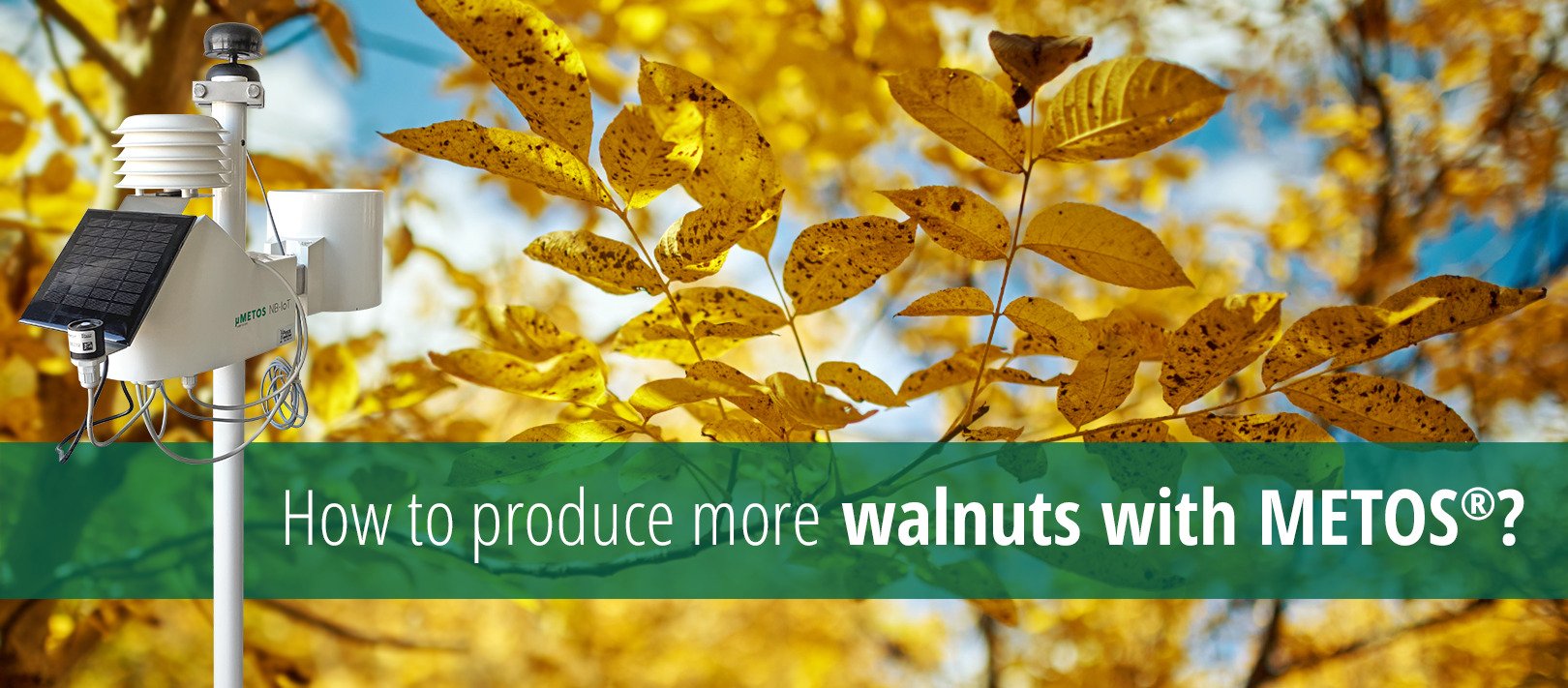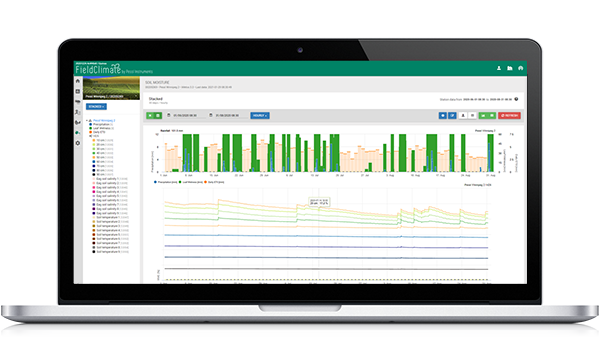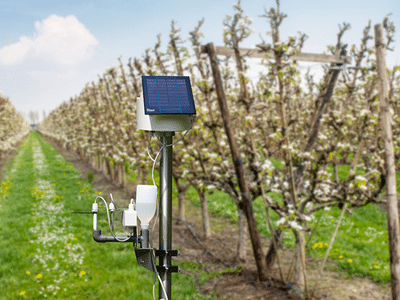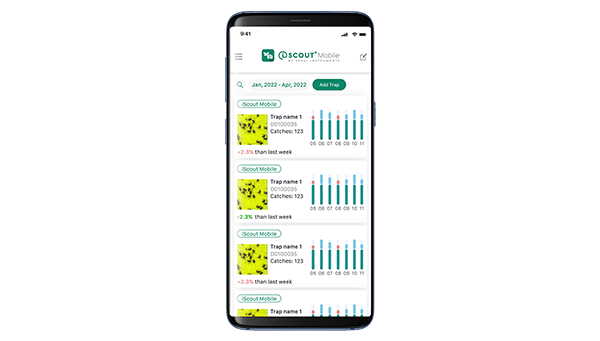How can METOS® DECISION SUPPORT SYSTEM help in growing high-flavored walnuts?
How to produce more walnuts with METOS®
The nuts are said to be uneconomical for commercial cultivation because of their hard-shell and poor hulling characteristics. To achieve high-flavor walnuts the trees need Mediterranean climates without strong winds. Walnut trees like dry summers and mild winters and don’t handle frosts well as early cold periods may severely injure the trees.
Most productive walnut orchards are found on deep, well-drained, loamy soils, that is why it is important for growers to provide sufficient irrigation, especially from April to June when there is less wet. It is therefore important for growers to monitor their walnut orchards to achieve enough moisture and to prevent pests and diseases that can harm walnut trees.

Decision support systems
Walnut is an important nut fruit that is grown in temperate climates. It is therefore important to combine monitored and forecasted data to get a powerful tool, which will help you optimize your production in both ways, quality and quantity.
- WEATHER MONITORING: Be prepared for frost. Set an SMS alarm to notify you, when frost conditions are approaching. Temperatures below – 1,1 °C can be lethal for your walnut trees. The exact temperature depends on the variety and the duration of frost conditions.
- FERTILIZING MANAGEMENT: Optimize fertilization time. The best is if the spreading of the fertilizer is followed by rainfall.
- PLANT PROTECTION MANAGEMENT: With the help of disease models for walnuts and the combination with the “spraying window” forecast you are able to optimize your plant protection activities in a way to have reduced disease pressure.
For example: If spraying is followed by a rainfall of 30 mm, there is a good chance that it will wash away the treatment and you will have to repeat the spraying to keep your walnut trees protected. - IRRIGATION MANAGEMENT: Monitor your soil moisture to know when your crop is suffering water stress and start your irrigation system on time to avoid reduced fruit size. Inadequate irrigation can also lead to increased disease pressure, especially deep bark canker.
Recommended equipment


Basis sensor set, needed for pest and disease monitoring of walnuts includes at least a rain gauge and sensors for air temperature, relative humidity and leaf wetness. These sensors are available with iMETOS IMT200, IMT300, and IMT300-USW or some variations of μMETOS NB-IoT weather stations.
For soil moisture control we recommend soil moisture add-ons:
- Soil Moisture & Soil Temperature Sensor PI54-D
- Watermark Soil Moisture
- Sentek Drill & Drop TriScan Probe (60, 90,120 cm) or Pessl AC Probe (60, 120 cm)
Disease modeling
The disease walnut Anthracnose is caused by the fungal pathogen Gnomonia leptostyla, which infects mainly eastern black walnut trees (Juglans nigra L.), whereas also the varieties butternut, Persian or English walnut, Hinds walnut and California walnut get infected.
FieldClimate shows the risk for an infection and discharge of ascospores under favorable conditions in dependence of temperature, rain and leaf wetness. When disease infection reaches 100 %, optimal conditions for the development of disease have met, and regarding the pathogen presence in your field, you must protect your plants.
For a more detailed description (biology, symptoms, modeling) about Walnut diseases, click here.
Have control over your walnut orchard
With our CropVIEW® camera device you can have a remote view of your walnut plantation, directly from your computer or phone, and see at any time how your walnuts are growing and developing.




